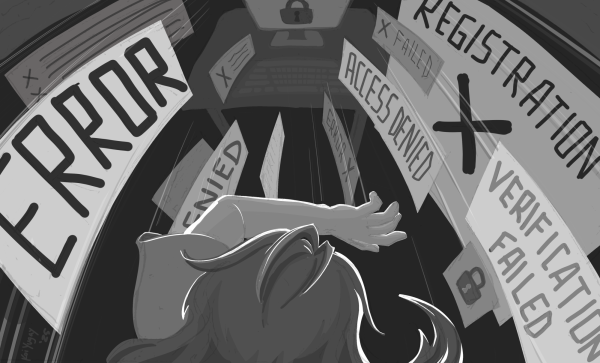Revitalizing the American dream
Mindless zombies slugging from place to place after the relentless all-nighter. Coffee in one hand and textbook in another. The life of a college student — often times balancing work, school, and social engagements — can be an arduous undertaking; regardless, it is expected. The socio-economic structure we live in centralizes white-collar jobs. In translation, degrees are often times a must. The problem: money. Student debt is often unavoidable, but now that may change.
Senate Bill 850 or SB-850, which may commence as a pilot program in academic year 2017-18, will allow students the opportunity to earn a bachelor’s degree at select community colleges.
Imagine what this could mean. This could help invert the growing disparity between the rich and the poor. Educationally speaking, poor students are at a disadvantage, because they have less fiscal resources; ergo, richer students are more likely to obtain a degree, which is unfair. The execution of SB-850 would help close that gap. Students from poorer backgrounds will have a better opportunity to expand their education, and advance their economic status.
Student debt is no longer a rarity; in fact, it is quite common. The average student debt is $29,400 according to the Project on Student Debt.
However, under the pilot program, each unit is only $84 for upper division work. Just saying $84 sounds like music to my ears especially opposed to the cacophonous sounding $150 plus per unit at other schools.
Money is a problem that often interferes with educational pursuits, which also interferes with the American dream. America is fixated with this dream that anyone could make it. In some ways that’s true and some ways it’s not. With tuition increasing every year, this dream generally, and a four-year degree specifically, can seem unreachable.
Competition is another hurdle in post-secondary education. Competition to get into a four-year institution is growing every year. Every year students are expected to get higher SAT scores, and have stronger GPAs than the previous years’ applicants. The college application process is becoming increasingly more intimidating and challenging. Every year more students are grasping at the straws of a post-secondary education, and more are getting rejected. The successful execution of SB-850 can help those students; a stride towards realizing the American dream.
However promising this program may sound, its continuation is contingent on the success of the pilot program. The program will shut down after four years unless the senate votes to continue it. Potential hurdles include the financial cost to start-up the program and low student enrollment. If not many students sign up for the pilot program, it’s unlikely for the program to continue.
But, why wouldn’t students take advantage of a program like this? One word that comes to mind is recognition. Competition lives in both an academic construct and the work force. Even with a degree, finding a job is often times difficult. If two applicants — one from a four-year community college and another from a Cal State University, CSU — applied for the same job, the advantage may go to the CSU graduate. Students that graduate from universities with higher recognition may have an advantage over community college graduates.
However, the strength of an applicant’s resume is multifaceted. It also depends on internships, extracurricular activities, and so forth. The financial benefits of a program like this is too great to ignore. It is a social, educational, and financial advantage; a stride towards the American dream.








